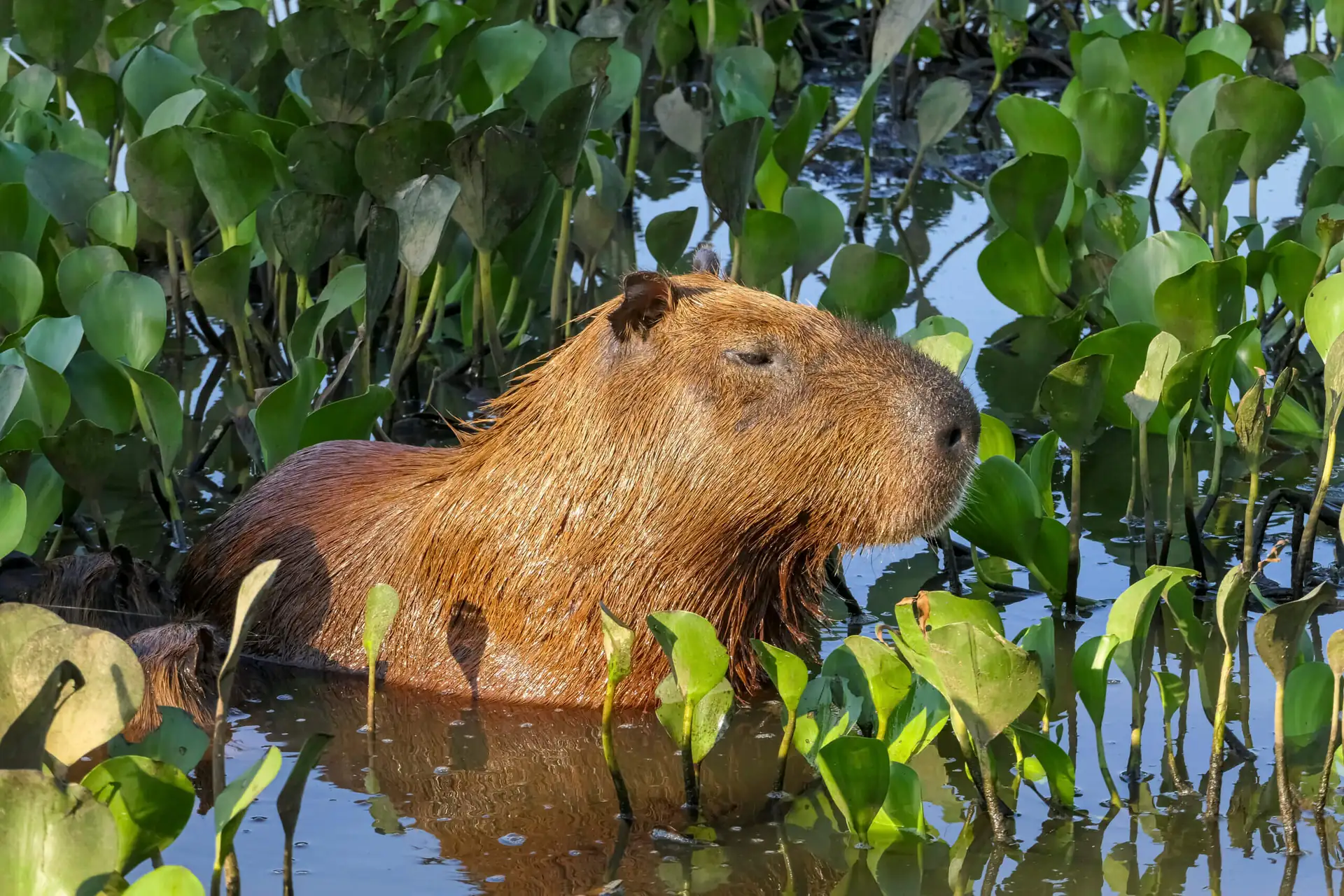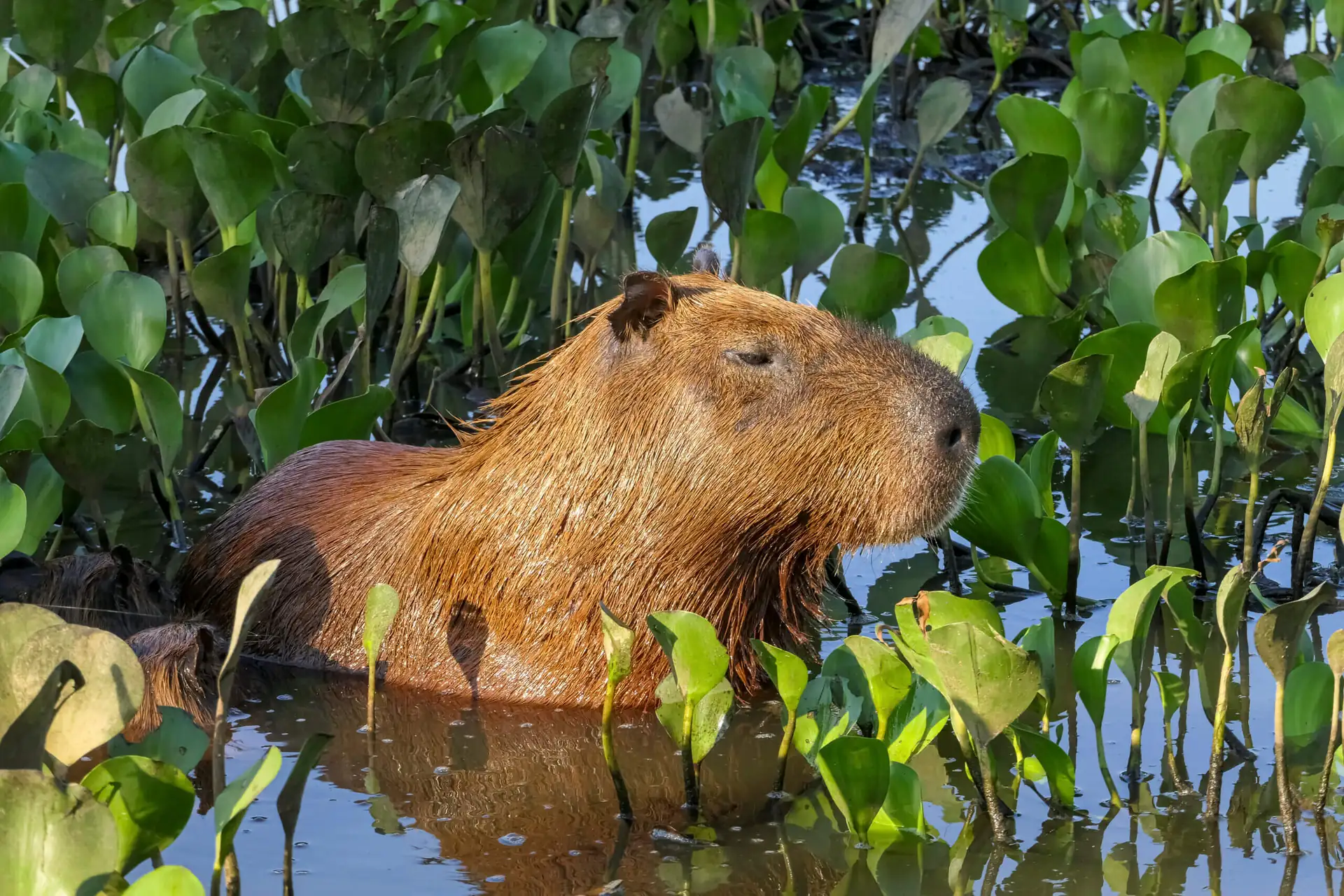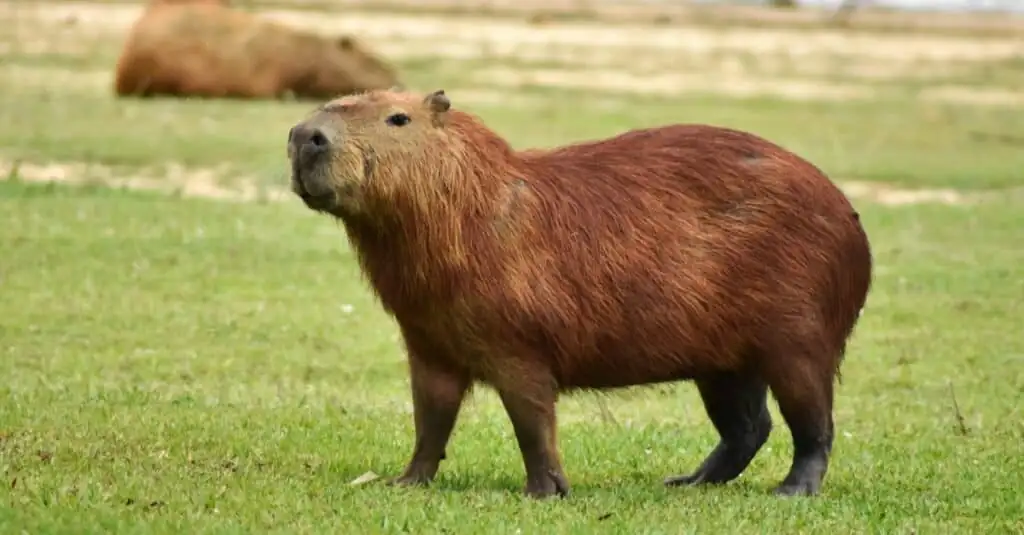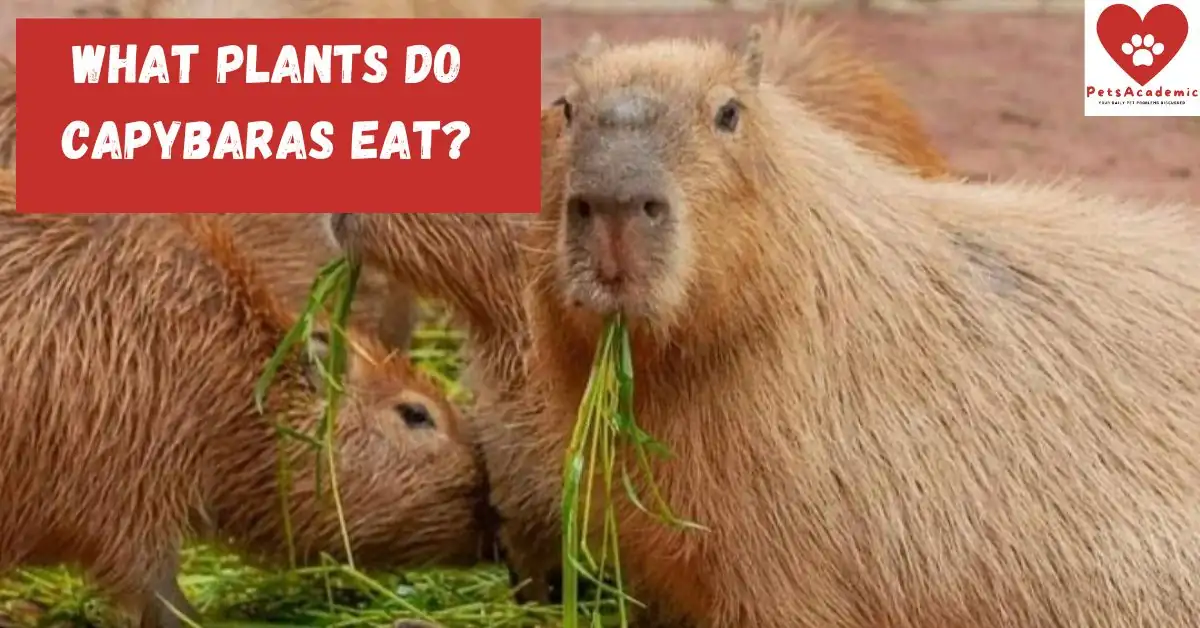Ever wondered, “Do people eat capybara?” You’re not alone! The idea of eating this adorable, water-loving rodent might sound odd at first, but let’s dive in and explore why capybara meat is a culinary gem in certain parts of the world. Spoiler alert: it’s not just about the taste—it’s about culture, history, and practicality.
What’s the Deal With Eating Capybara?

Here’s the real kicker: yes, people eat capybara, and they’ve been doing it for centuries! But before you start imagining it on your plate, let’s set the scene.
In South America, capybara meat is a delicacy steeped in tradition. Indigenous communities and modern food enthusiasts alike prize it for its unique flavor and nutritional benefits. So, whether you’re a curious foodie or just stumbled here wondering why anyone would eat a rodent, this article has you covered.
Why Do People Eat Capybara?

Let’s address the obvious: Why would anyone eat capybara? The answers lie in tradition, necessity, and, frankly, flavor.
1. Historical Roots
Centuries ago, indigenous tribes in South America hunted capybaras as a reliable protein source. When European colonizers arrived, the Catholic Church surprisingly classified capybaras as “fish” because of their semi-aquatic lifestyle. This loophole allowed Catholics to eat capybara during Lent, and it quickly became a tradition.
2. Modern-Day Demand
Fast forward to today, capybara meat is a sought-after dish during Lent, especially in countries like Venezuela, Colombia, and Brazil. Fun fact: Venezuela alone consumes about 400 tons of capybara meat annually during this period.
What Does Capybara Meat Taste Like?

You’re probably thinking, “Alright, but what does it taste like?” Here’s the lowdown:
Capybara meat is often described as a mix between pork and fish. Sounds weird, right? But stay with me.
- Flavor: Mild and slightly gamey, leaning towards pork but less fatty.
- Texture: Firm, like a cross between chicken and beef.
Capybara meat shines when marinated and slow-cooked. That’s why traditional recipes often involve stewing, roasting, or grilling.
How Do People Cook Capybara?

If you ever find yourself in a capybara-eating region, here’s what might land on your plate:
Traditional Dishes
- Stews: Slow-cooked with vegetables and spices. Think of it as the South American version of comfort food.
- Roasts: In Argentina, capybara is roasted over an open flame and seasoned with chimichurri.
- Sausages: Some regions turn it into flavorful sausages and salami.
Grilled Goodness
Barbecue lovers, rejoice! Capybara meat gets marinated in lime juice, garlic, and herbs before hitting the grill. The smoky charred flavor pairs perfectly with its lean texture.
Is Capybara Meat Healthy?

Absolutely! Here’s why foodies and health nuts alike give capybara meat two thumbs up:
- High in Protein: A 100-gram serving packs about 26 grams of protein.
- Low in Fat: With just 1.8 grams of fat per serving, it’s leaner than pork or beef.
- Rich in Vitamins: Packed with B vitamins, iron, magnesium, and more.
It’s a guilt-free indulgence for those looking to cut back on fatty meats.
Is Eating Capybara Ethical?

Now, let’s get real. Eating capybara isn’t just about the taste—it comes with some serious ethical questions.
The Good News
Capybaras reproduce quickly and adapt well to farming, which makes them a sustainable protein source compared to traditional livestock. Plus, they primarily graze on plants, so their environmental footprint is smaller.
The Concerns
Overhunting and habitat destruction can threaten capybara populations in some areas. That’s why sustainable farming and ethical hunting practices are essential to keeping things balanced.
Where Can You Try Capybara Meat?

If you’re in the U.S., don’t expect to find capybara burgers at your local diner. The sale of capybara meat is regulated and not widely available outside South America. However, in countries like Venezuela and Brazil, it’s easier to find, especially during Lent.
FAQs About Eating Capybara

1. Is it legal to eat capybara?
It depends on where you are. In many South American countries, it’s perfectly legal and even regulated. In the U.S., capybara meat isn’t commonly available due to exotic animal regulations.
2. Is capybara meat expensive?
During peak seasons like Lent, the price can spike due to high demand. Otherwise, it’s considered moderately priced in countries where it’s commonly consumed.
3. How is capybara meat harvested?
Capybara farming and regulated hunting are the main methods. Farmers ensure humane treatment and sustainable practices to meet demand without depleting wild populations.
4. What’s the best way to cook capybara meat?
Slow-cooking methods like stewing or braising work best. Grilling with a good marinade also brings out its natural flavors.
My Take: Should You Try Capybara Meat?

Look, if you’re an adventurous eater or traveling through South America, why not give it a shot? It’s more than just food—it’s a slice of culture and history served on a plate.
The key takeaway here? Capybara meat is not only delicious and healthy but also a testament to how traditions shape what we eat. So, the next time someone asks, “Do people eat capybara?” you’ll have all the answers—and maybe a craving to try it yourself!
In conclusion, yes, people eat capybara, and there’s a rich story behind it. Whether you’re in it for the flavor, the health benefits, or the cultural experience, capybara meat has something to offer. Just make sure it’s sourced ethically and prepared with care. Who knows? This humble rodent might just surprise you.
